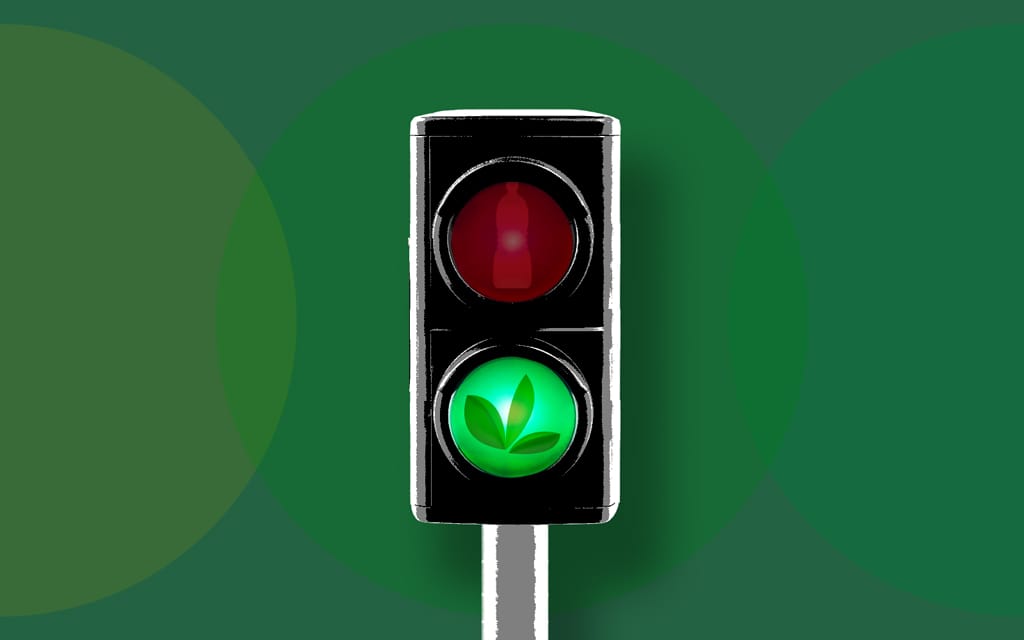
Big Brands Breaking the Plastic Habit
March 2, 2023
There’s no way we can tiptoe around the green elephant in the room; Sustainable packaging practices are no longer just a nice to have for CPG brands. Not only is legislation gradually changing to force suppliers to use greener alternatives, but the stats on how CPG packaging impacts the environment, uses up natural resources, and could be contributing to global warming, are damning.
With the best will in the world, the positive efforts of smaller brands barely break the surface of the pool of emissions and waste that are produced by the CPG heavy hitters. We need bigger stones – bigger brands – to make the waves.
Big businesses can create the biggest impact
Consumer behavior has evolved over the last few years, and for a short while during the pandemic, the vital conversation on sustainability was sidelined as consumers prioritized products that were packaged with hygiene, convenience, and price in mind.
But as the dust is settling, sustainability is still a very big part of the driving behavior for purchasing decisions. McKinsey found that 55% of US survey respondents reported being “extremely or very concerned about the environmental impact of product packaging”, and up to 70% of consumers said, “they would pay more for sustainable packaging.”
The good news is that the data is telling us that brands that are prepared to boldly take the lead on creating viable eco-friendly opportunities for consumers to buy sustainably are going to be more appealing to consumers. So any business, big or small, can create a competitive advantage by making sustainability a focus for their product offerings.
But while all progress is a step in the right direction, the key to seeing real environmental impact is for big brands to take up the baton. Not just with virtue-signaling statements or ‘greenwashed’ PR statements… but real systemic change on a global scale.
Sarah Dearman, vice president of circular ventures at Closed Loop Partners comments “Whenever you have companies stepping up to be leaders like that then it really shows the companies that are not stepping up,” she said. “A sustainable packaging strategy is really something that every company should have, that’s really a good place to start.”
And the good news is, some positive steps are being made; some bigger stones starting to create waves.
COLGATE-PALMOLIVE
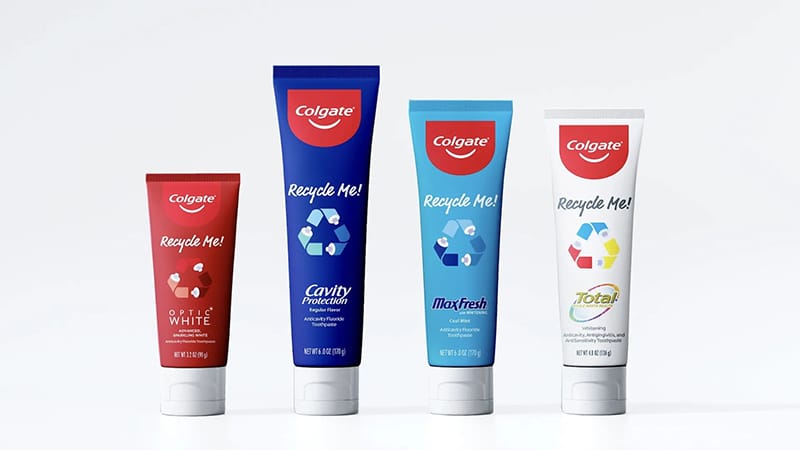
Toothpaste tubes have been a bit of a wicked problem for recycling – the multi-layers of plastic and aluminum that help keep the product fresh and hygienic, are notoriously difficult to recycle. So while your teeth may be shiny, the tubes (all 20 billion of them annually) typically end up in a landfill.
Colgate has worked on several small initiatives over the last couple of years, using glass and PETE for some of their packaging portfolios. Last year, having worked closely with the Association of Plastic Recyclers, they launched their biggest packaging project yet, with their new fully recyclable tube. Made from HDPE (the same High-Density Polyethylene material used for milk and detergent bottles), no extra steps (rinsing, removing the lid, etc.) are needed before putting it into standard recycling, making it the first toothpaste tube to be recognized by external authorities as recyclable.
Colgate acknowledges it’s not a perfect solution; it still requires consumers to actually recycle them, but it does indicate that the business is starting to adopt sustainability values into the culture of the company and are committed to mass change.
And in another extremely positive move, to try and promote the transition to recyclable tubes across the industry they made the huge step of sharing their packaging IP with other companies, including their competitors, at no cost.
(A cynic might suggest that this is also in their best commercial interests. With the price point for these recyclable tubes being higher than traditional tube packaging at present, it could a) help to reduce the costs of manufacture for them if the material volumes increase and the costs come down, and; b) force their competitors to line price their products with Colgate so they are not at a price disadvantage… but it’s still a ground-breaking move for a big corporate business).
NIKE
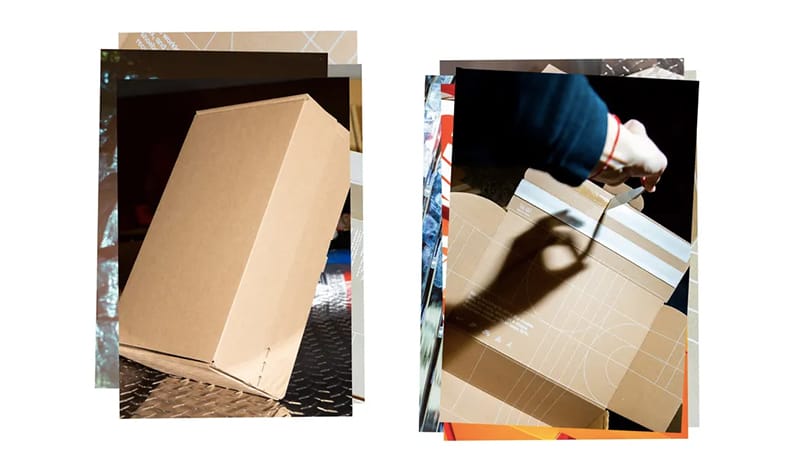
Plastic has been demonized of late, and for single-use items, rightly so. Nike has taken some innovative approaches to change its main products (recycled yarn, designs that use less waste) but they can’t escape the fact that their sneakers are not the most environmentally-friendly products out there.
In an effort to reduce its carbon footprint around packaging, they’ve made a step in the right direction (pun intended) by developing a single box that can fit nearly any of its shoes. While previously a primary shoe box and an outer shipping box were used to send customers their new kicks, this box uses just one universal box for both jobs. This simple, practical reduction could translate to millions of boxes saved, cutting their cardboard use by 50%.
It’s a pilot program currently but it seems like a great solution to reduce material consumption and, of course, save the company some dough.
ANHEUSER-BUSCH/BUDWEISER
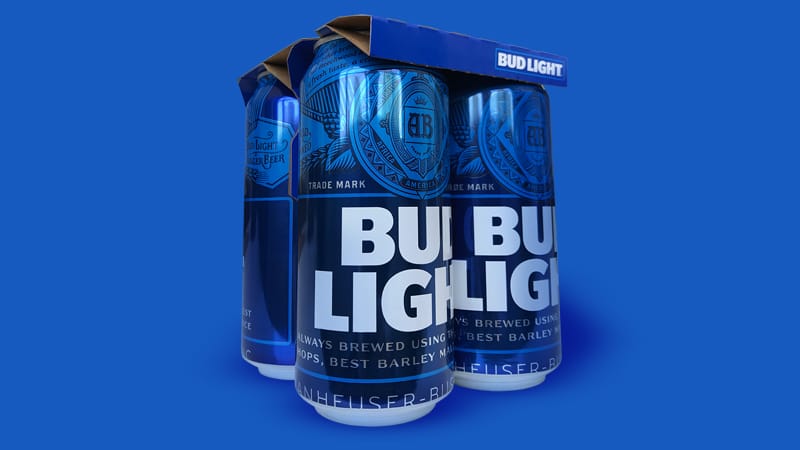
The world’s largest brewing company, Anheuser-Bush, has pledged to focus on initiatives within their production that can help to minimize harm and waste. And while they remain an industry that’s almost exclusively delivering single-use packaging to end consumers, they do have the size and scale to really make a difference.
Budweiser KeelClips™ is one such initiative, providing a sustainable alternative to the single-use plastic can rings, but still delivering on form and function. Made of rigid cardboard, the holding device provides a more hygienic cover to the top of the cans, is fully recyclable and from sustainable sources, and unlike the traditional plastic can rings, they pose no risk to sea turtles and other marine life.
DOVE
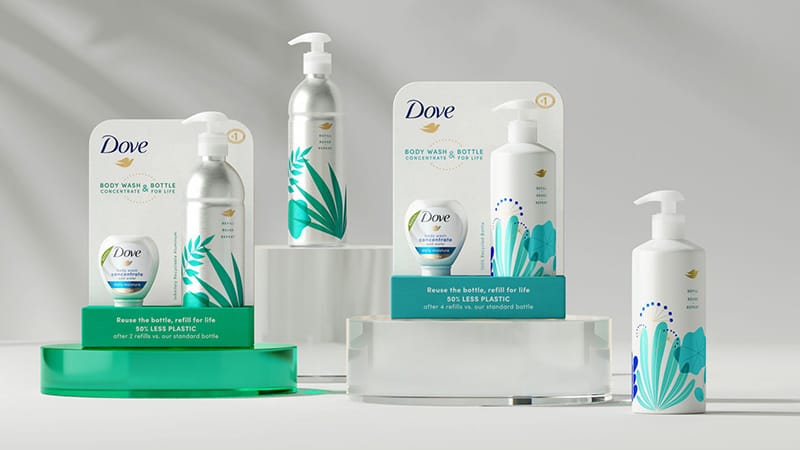
Dove has been lauded for their body-positive, responsible marketing over the years, but they are also showing a real commitment to responsible packaging development. In 2021 they created a refillable stainless steel deodorant tube, and in 2022, they developed reusable bottles for body wash sold with recyclable refill packages. The refills themselves are made from 100% post-consumer recycled (PCR) plastic, with the product in concentrated form to reduce the amount of water and plastic used in development and production.
“Many people have the desire to do their part in protecting the planet, but they’re not exactly sure how to go about it. Dove’s latest innovation provides them with an opportunity that is easy and effective,” comments Fiona Florence, managing director at JDO, who helped with the product design for the new packs.
We’re all in this together
Dove has recognized a key truth here in their new packaging development – people are creatures of habit, and changing user behaviors can take time. Their new reusable pack had to look, behave and feel as close as possible to what people were familiar with for consumers to readily make the change.
And this is an important takeaway for other businesses trying to make changes. It is vital that big CPG brands evolve their processes, choice of materials, packaging and business practices to allow consumers to then do their part and buy wisely. But in a truly circular economy, we all have to play our part, and it’s on all of us as consumers to reduce, reuse and recycle where we can to make a difference too. We can’t just buy the ‘recyclable’ packaging… we need to then recycle. We can’t just purchase the refillable bottles… we need to actively refill rather than buy an alternative.
The time is now, and we all have to shift our behavior to be the change we want to see.


